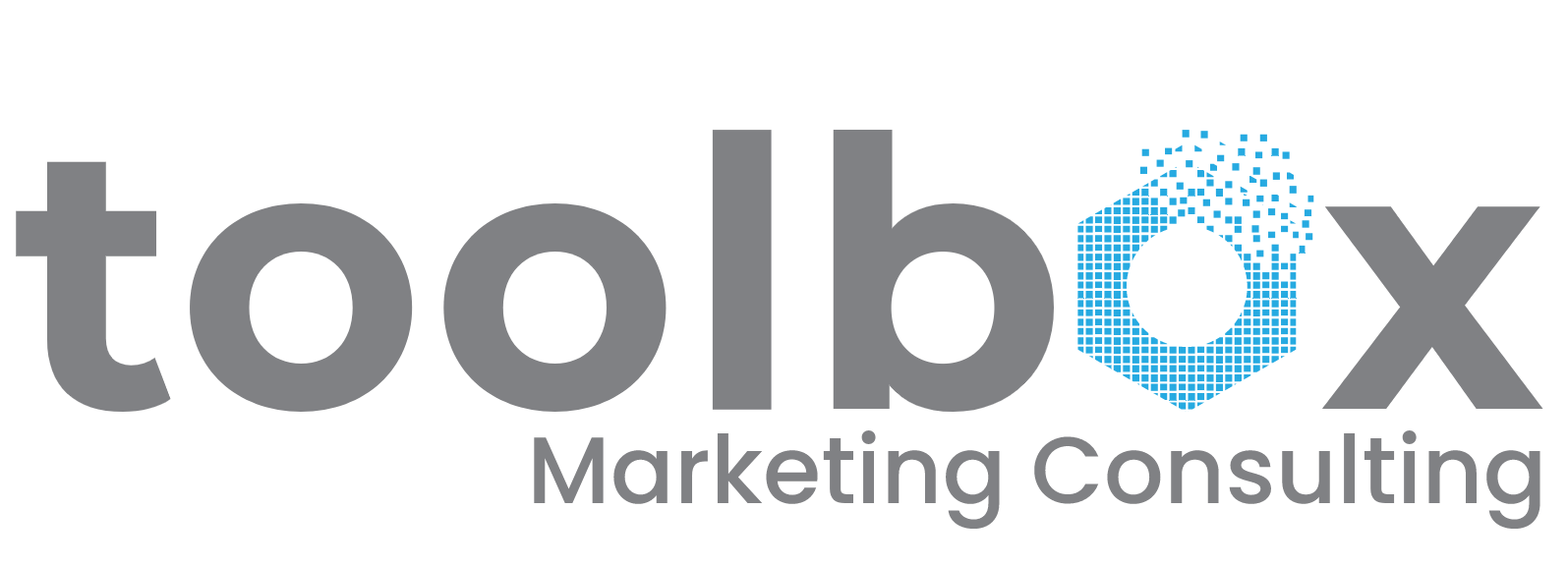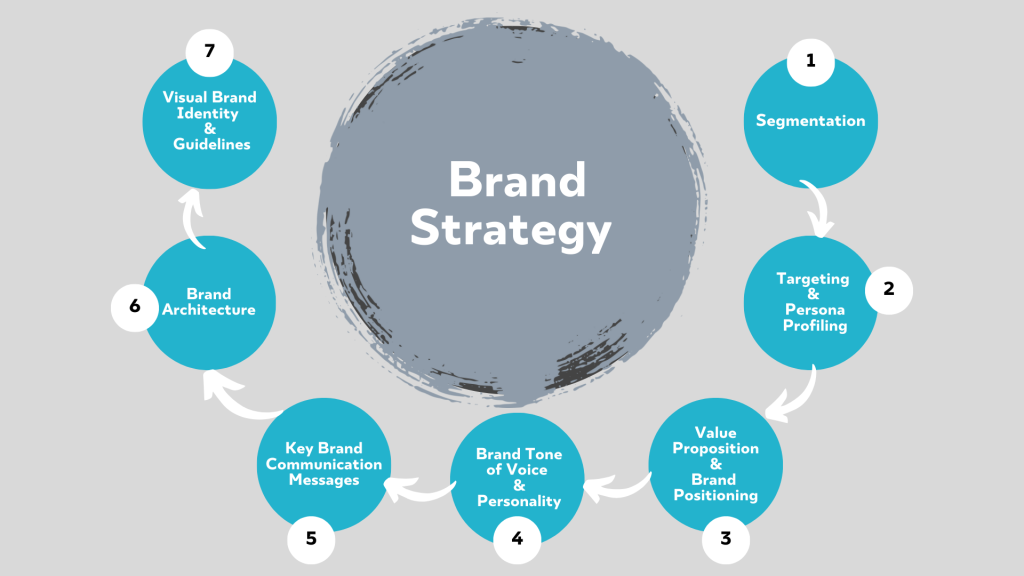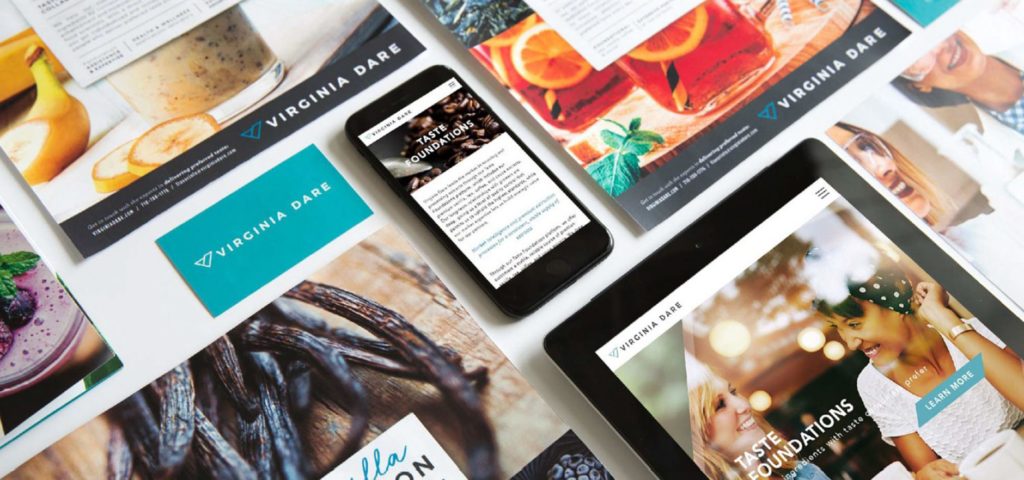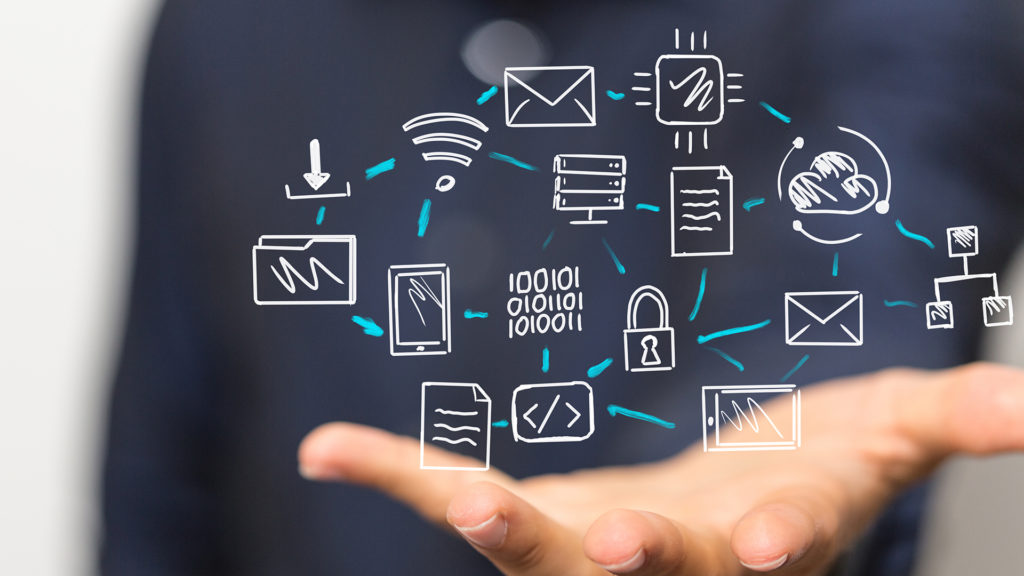The new automotive dealer: Designed for me
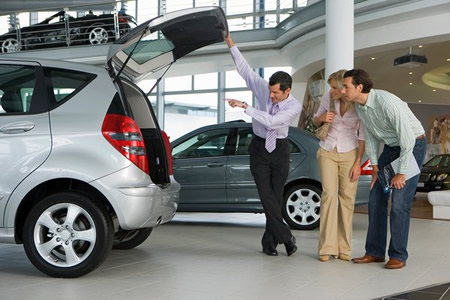
For today’s car buyers, accustomed to segueing seamlessly from online to off and being recognized as individuals throughout their shopping journeys, the often impersonal, sales-target-driven atmosphere of many traditional, physical auto dealerships can be frustrating.
Most people who bought new cars from a standard dealership in the past, would not do so again in the future. Sixty-three percent of respondents in an eBay survey said they would likely buy online instead. Growing numbers are actually leaving vehicle ownership behind, preferring instead to hail or share a vehicle for specific periods and purposes—mostly, moreover, online. And customers’ after-sales expectations are moving in the same direction. According to our research, nearly half of all drivers (45 percent) want service to be integrated seamlessly into their daily life: They don’t want to have to go in person to a workshop or dealer service location.
Yet, people also still want the human touch: a place where they can get to physical grips with the vehicle they covet and receive expert advice about what it can do for them before they buy, hire or share it. The dealership experience, however, must be a friction-free, and digitally enhanced extension of the customer experience online. And because customers won’t wait, OEMs and dealers need to start enabling it now.
"Dealerships will remain the lynchpin of the auto distribution chain and customer interaction—but not in their current form. The auto dealerships of the future will be networked mobility hubs that engage, entertain and delight customers, and now is the time to start creating them."
Disruptors, drivers and “me”
Today’s auto customers are channel-agnostic. They expect meaningful, personalized treatment when they visit an OEM’s website and when they visit a physical dealer. In fact, they don’t differentiate between dealer and OEM. And their expectations are being shaped by their experiences as customers of other, digitally disrupted industries.
Leading OEMs recognize, of course, that customers’ expectations are escalating—and that digitally disruptive competitors pose a threat to their traditional business model. What’s more, they’ve responded in kind to the digital challenge, investing in digital media, car configurators and their online presence.
For the most part, however, the car makers’ digital efforts remain partial and piecemeal. They still tend to see digital as an end in itself, rather than as an “invisible” enabler of the seamless, personalized and engaging experience across all touchpoints that today’s customers expect.
The imperatives for change
There’s much at stake for both parties in this brave new digitally disrupted world. Dealers are already grappling with lower footfall, high staff turnover and slumping profitability: The average annual turnover of sales people in the US auto business is a whopping 67 percent, and between 2016 and 2017 the profitability of the average US dealership halved.
Furthermore, with third-party aggregators and online marketplaces encouraging auto customers to demand more for less, or go elsewhere, OEMs urgently need to start building a consistent, cross-channel perception of their brands.
Collaborate to succeed
If OEMs and dealers don’t start working more closely together, they risk being replaced by digital disruptors—and even becoming obsolescent. If, however, they can enable a more collaborative relationship they will secure a pivotal place in the auto retail landscape of the Future
Here´s how.
- Engage Everywhere, anyhow: Drive customer engagements through a single voice, using living marketing and new retail formats—besides traditional ones.
- Invisible enablers to enhance physical experience: Create physical and sensory experiences, “invisibly” enabled by digital.
- Data-driven Retail: Build a culture of data-driven enterprise, where sharing data is seen as a value, not a risk.
The road ahead
The future of auto retail will be defined by human interactions, both physical and virtual. It will also be driven by data in a strategic, end-to-end process of continuous customer engagement. And it will be enabled by digital technologies, but in a supporting role.
The role of the dealership, by contrast, will be highly visible—and increasingly critical. Indeed, the dealership of the future will be a networked mobility hub that not only embraces such new vehicle technologies as autonomous driving and connected cars, but also profits from the new business models enabled by the “me” economy.
By taking a radically new strategic approach—holistic, integrated and collaborative—OEMs and dealers could reshape the future auto retail landscape to their mutual advantage.
Credit: Accenture
Authors

Axel Schmidt
SENIOR MANAGING DIRECTOR – GLOBAL MOBILITY INDUSTRY LEAD

Alberto Sernia
MANAGING DIRECTOR

Teodoro Lio
MANAGING DIRECTOR, LEAD – INNOVATION AND GROWTH
